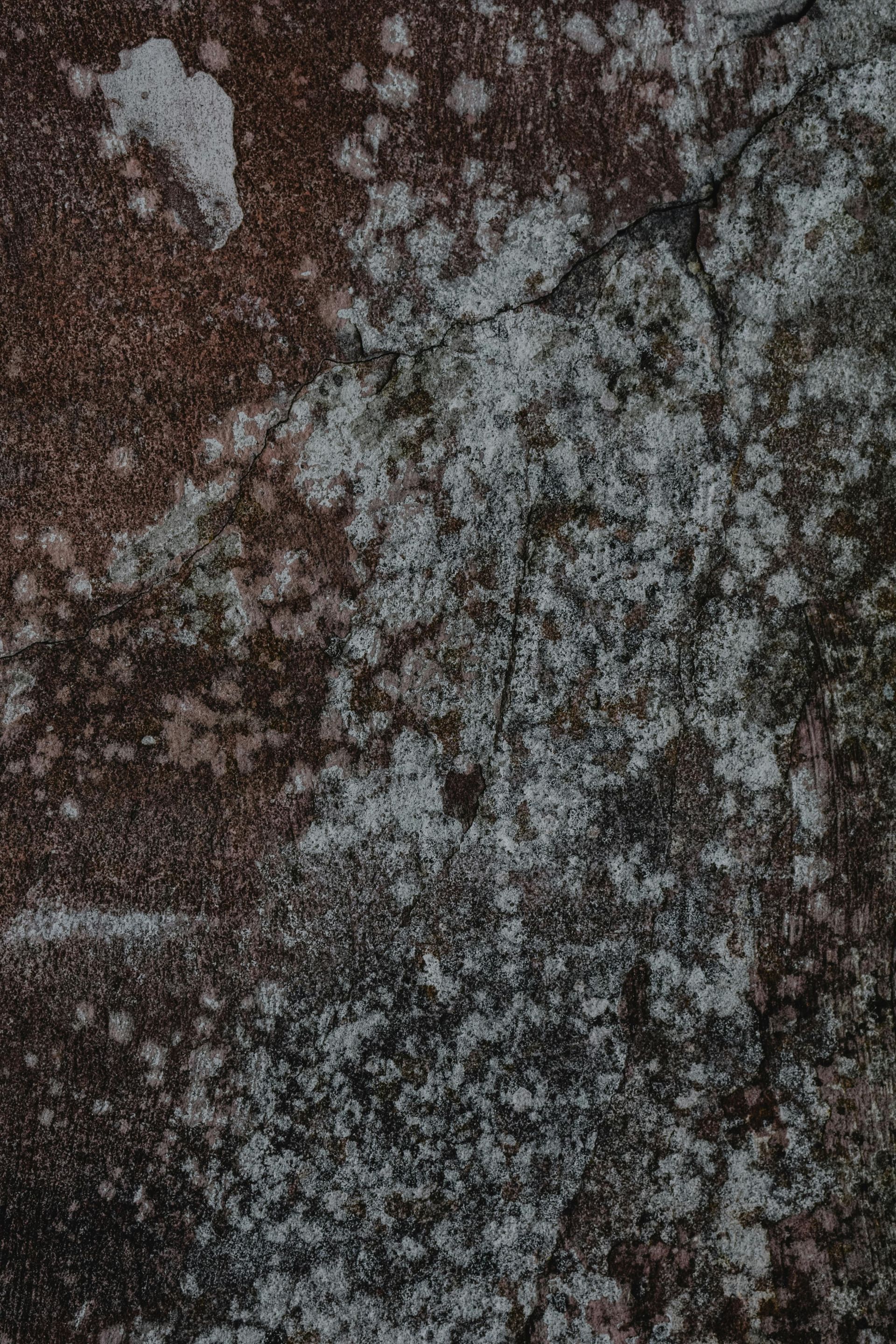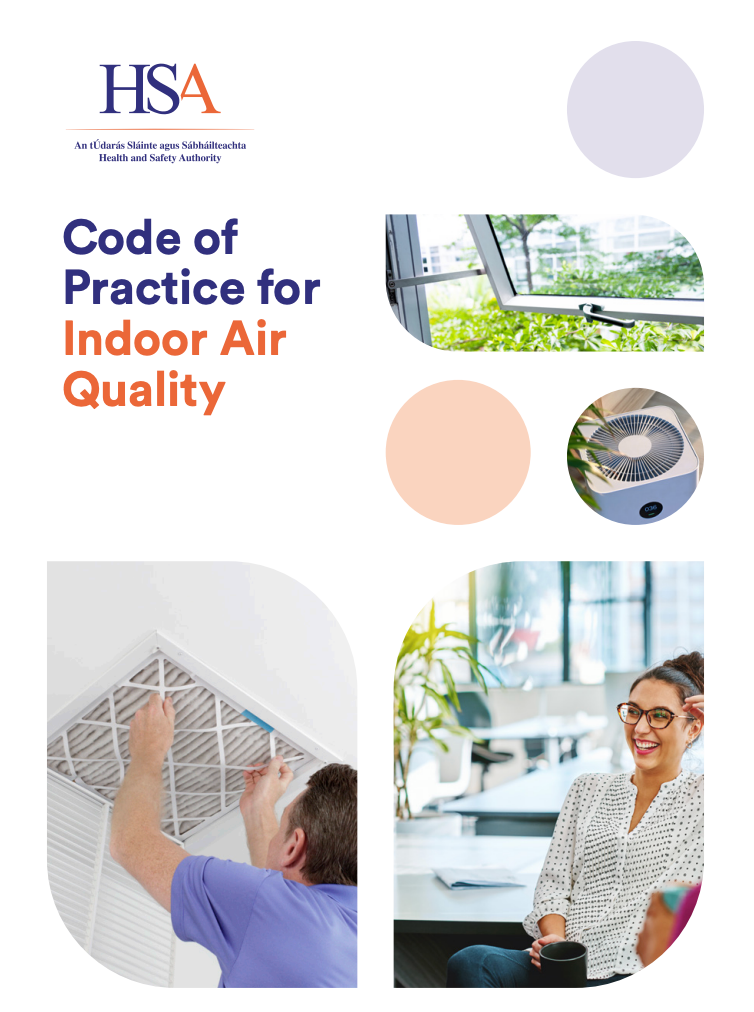Prioritising Employee Wellbeing and Mitigating Hazards for a Safer Construction Environment.
Construction dust is not just a nuisance; it poses a significant risk to the lungs of workers. Regularly breathing in construction dust can lead to serious diseases such as lung cancer, asthma, chronic obstructive pulmonary disease (COPD), and silicosis.
Construction workers are particularly vulnerable to these diseases due to the high levels of dust involved in many common construction tasks. These illnesses can cause permanent disability and premature death.
Failing to protect your workers' health carries serious consequences:
1. Human Impact: Workers and their families can suffer greatly from work-related illnesses.
2. Financial Consequences: If you neglect to adequately protect workers' health and face enforcement action from the Health and Safety Executive (HSE), you will be liable for the costs of inspections, investigations, and enforcement.
3. Reputational Damage: Your reputation may be tarnished, as enforcement notices are publicly listed, and prosecution cases are recorded on the Public Register of Convictions.
Book your Air Quality Assessment
Reducing Exposure to Construction Dust
Numerous common construction jobs create high levels of dust, often involving the use of power tools such as cut-off saws, grinders, breakers, and sanders.
Employers have a legal obligation to prevent or adequately control worker exposure to construction dust. Ideally, you should eliminate workers' dust exposure through effective design and planning. If complete elimination is not possible, implement measures to control the dust and provide workers with suitable masks.
Employees must also play their part by taking responsibility for wearing masks. A mask will not offer adequate protection if it leaks. A proper fit is crucial, as tightly fitting masks need to be correctly fitted to the individual's face to be effective.
Preventing or Adequately Controlling Dust Risks in Construction
Different construction materials, including plaster, wood, and silica-based materials like stone, brick, and concrete, can generate dust. Tasks such as drilling, sawing, and dry sweeping can lead to the inhalation of irritating dust or more severe conditions such as asthma or lung cancer.
Follow a Hierarchy of Controls:
1. Eliminate the risks by using effective design and planning, such as utilising pre-cut materials.
2. Minimise the risks by implementing suitable control measures.
3. Wear appropriate respiratory masks.
Reducing the Risk of Ill Health
With straightforward measures, the risk of ill health can be reduced to near-zero levels. Avoid dusty work by purchasing pre-cut materials. Control dust by wetting saw blades or using on-tool exhaust ventilation, and protect workers' health by providing suitable respiratory masks.
Toolbox Talks
Utilise the available resources to conduct toolbox talks on your site, addressing areas of concern for you and your workers. The HSE offers a wide range of guidance and resources specifically addressing tasks that generate dust on construction sites, including cutting paving blocks, kerbs, and flags, chasing concrete and raking mortar, cutting roofing tiles, scabbling or grinding, soft strip demolition, cutting and sanding wood, sanding taped and covered plasterboard joints, and dry sweeping.
Learn from HSE's Professor David Fishwick on Preventing Exposure to Construction Dust
Learn from HSE's Professor David Fishwick on Preventing Exposure to Construction Dust
Professor David Fishwick, HSE's Chief Medical Advisor, provides valuable insights into preventing exposure to construction dust and the risks posed to construction workers' health when exposure is not effectively controlled. Listen to his expertise and take necessary measures to safeguard your workers.
As employers, it is our responsibility to ensure the health and wellbeing of our workforce. Prioritise safety, protect against dust risks, and create a healthier working environment.
Book Your Air Quality Assessment
To book an air quality assessment for your workplace, contact Ultra today. We will carry out a full site air quality risk assessment, and provide helpful advice and solutions for your building.
Related Articles:
The Impact of Poor Air Quality on Yours & Others' Health
Everything You Need to Know About Air Quality Management Assessments
Air Quality for Commercial Properties







